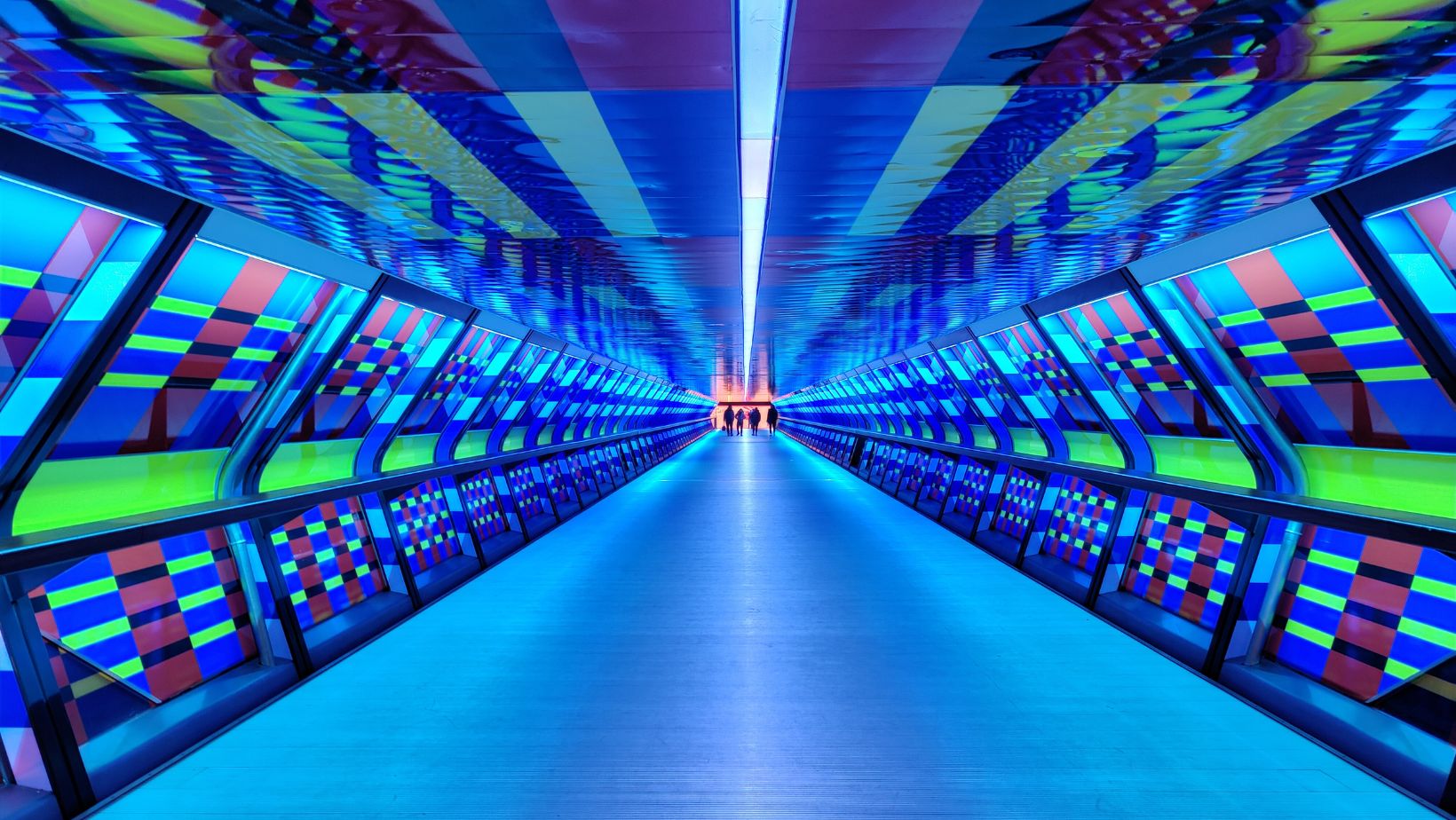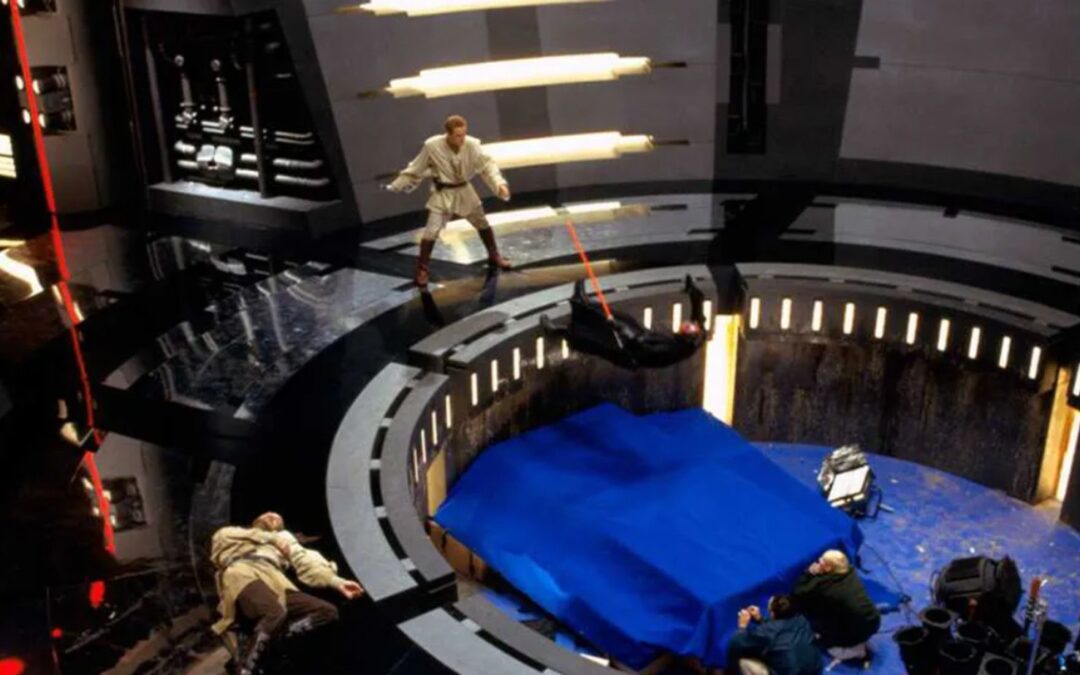Star Wars is a fictional world consisting of a faraway galaxy that was not easy to create back in 1997. Lucas had brilliant ideas, and he wanted the world to see them realistically and practically. The transformation process of penciled sketches to 3D models is intriguing and awe-inspiring.
The gradual evolution in the on-set designs and the visual effects has given amazing results. The trilogy movies have come far from the motion pictures of the New Hope.
This has enriched and inspired contemporary cinema to create modern visual effect technology providing familiar yet strange landscapes, characters, and narratives of an unknown galaxy.
Iconic Designs for Star Wars Characters
Ralph McQuarrie laid the foundation for the initial Star Wars character designs. He gave life to George Lucas’s fictional characters and revolutionized them. His iconic blend of science fiction and modern art created costumes that did not come out strange and irrelevant.
The seamless blend of the noble Jedi in old, worn-out robes holding modern, swishing lightsabers has not raised eyebrows. The presence of the towering Deathstar and digitally powered space fighters on the sandy dunes of Tatooine is somehow relatable and a fascinating concept.
Moreover, Darth Vader’s old cape contrasts the sleek black helmet design and body armor full of mechanical adjustments. McQuarrie designed more iconic characters and creatures, including R2-D2 and C3PO, further enriching the Star Wars futuristic theme.
The work was further expanded by Doug Chiang and Iain McCaig, who used visual sets with digital 3D art styles for the costumes and the landscapes in the Star Wars prequel trilogy. The detailed costuming on Chewbecca and the teddy bear Ewoks is a prime example of the bend of art and technology.
Iconic Designs for Star Wars Technology
Star Wars technology has always been a source of debate for the audience. The elegance of lightsabers outstands the age-old blaster blocks. Huge ships like Melllinum Falcin look modern and dangerous but have been through tough battles reflected in the damaged parts inside the steel cabins. The asymmetrical design by Joe Johnston demonstrates the fighting purpose of the huge spacefighter.
The meaning behind Star Wars technology goes beyond the visuals as each concept art has a story and representation. Moreover, the age-old representation of the good and bad sides would have quickly bored the audience. However, the fascinating TIE fighter and X-Wing costumes and working mechanisms elevated the realism of the phenomenon.
Visual effects for Star Wars Miniatures
George Lucas wanted to present the audience with visual effects they had not seen before. For that, he had to push beyond the limits of the traditional film industry.
Lucas formed an Industrial Light & Magic company (ILM) to create challenging fictional scenes for the movie. Miniatures and props were designed in great detail. Furthermore, motion control cameras and digital composition were integrated into the making process.
Over time, CGI and live-action footage were rolled onto the silver screens, increasing the quality and production of the landscapes and characters.
The Deatstar trench in The New Hope, 1977, is a prime example of models, motion control, and extravagant cinematography to create realistic battle-fighting scenes.
Visual effects for Star Wars Matte Painting
For the initial film releases, designing foreign terrains and environments was a painstakingly long process. The details were manually added for designing precise visual backgrounds. Recreation of various movie scenes with multiple art took hours on top of hours.
The Cloud City of Bespin and Forest of Endor were painted and brought to life through ILM and motion control cameras. McQuarrie took care of the minute details so the live-action picture would look realistic.
The glow effect of the blue, red, and green lightsaber blade was added frame by frame in the post-production by the animators. It was a tiring process that has changed a lot since then.
Revolution in Star Wars Artistry
Star Wars TV artistry has been through a long journey. Each phase produced a masterpiece better than before. The originals lack some of the visual effects the prequels and sequels are composed of. However, with the evolution in costume, character, landscape, motion, and cinematography, the overall film quality has improved.
Rey’s journey in the sequels has it all. The visuals, technology, characters, storytelling, and mystic force, are composed of modern special effects on natural backgrounds and backdrops.
Star Wars Artistry: The Legacy
Star Wars has inspired modern producers to push the norms of traditional filmmaking. George Lucas went above and beyond for the visuals, designs, and sound effect.

Lord of the Rings and Avatar is an example of work inspired by the practical effects and CGI from Star Wars. Modern movies have used miniatures enhanced with visual technology in producing the unrealistic approaches we thought were impossible.
The franchise’s ongoing success is evidence of the artistry’s ageless appeal, which never fails to enthrall and inspire viewers everywhere.

